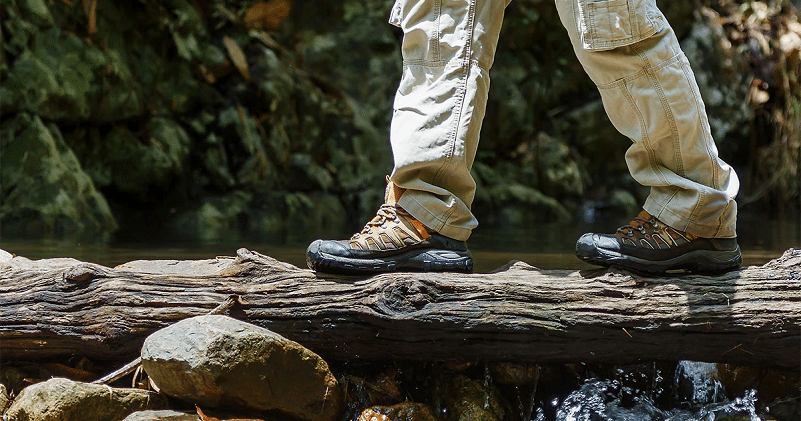Choosing the proper footwear for hiking can be a game-changer, but how do you find the perfect match? What factors should you consider when shopping for boots designed specifically for women? When it comes to outdoor activities, having the right gear can significantly impact your experience.
For those looking for durable and comfortable options, hiking boots for women (S.V. 2400, P.7) are essential for every adventure. This guide will explore how to find the ideal pair by focusing on essential features such as fit, comfort, and durability. Whether tackling rugged trails or enjoying a leisurely bushwalk, the right boots can make all the difference.
Consider the Terrain You’ll Be Exploring
One of the first things to consider when selecting hiking boots is the terrain you’ll navigate. Different boots are suited for various trails, from rocky mountain paths to flat forest tracks. For example, if you tackle rough and uneven ground, you might want sturdy footwear with ankle support and a durable sole.
On the other hand, lightweight options with flexible soles are better for well-maintained paths or shorter walks. Understanding the terrain you’ll face ensures you choose boots that provide the right support and protection. This enhances your comfort and helps prevent injuries along the way.
Prioritise Comfort and Cushioning
Comfort is crucial when it comes to hiking footwear. Look for pairs that offer adequate cushioning to absorb shock and reduce the strain on your feet. Many boots feature padding in the midsole, which helps absorb impact and provides extra support, especially during long hikes.
It’s also essential to consider the boot’s lining. Some models come with moisture-wicking linings that keep your feet dry by drawing sweat away. Keeping your feet comfortable and dry throughout your hike can make a big difference in your overall experience. Make sure to try on different styles to see which ones feel best for you.
Check the Fit for Optimal Support
Finding the right fit is essential to avoid discomfort and blisters. To ensure a good fit, it’s best to try on boots at the end of the day when your feet are slightly swollen. This approach mimics how your feet might feel after hours of hiking. When trying on boots, wear the same type of socks you’d wear on a hike to get an accurate fit.
Pay attention to how the boots feel in both the toe box and heel areas. You want enough room for your toes to move freely, but not so much that your foot slides around. A snug fit around the heel helps prevent slipping, which reduces the likelihood of blisters. A well-fitting pair should feel secure without being too tight, allowing you to tackle any trail with confidence.
Opt for Waterproof and Breathable Materials
The material of your hiking boots can significantly impact your comfort and durability. Waterproof boots are ideal for wet or muddy trails, as they keep your feet dry even when walking through damp conditions. Look for materials like Gore-Tex or other waterproof membranes that repel moisture while allowing breathability.
Breathable materials help prevent overheating, which is essential for long hikes or warmer climates. Many models combine waterproofing with breathability, offering protection from the elements while keeping feet ventilated. This combination ensures that your feet stay dry, comfortable, and blister-free throughout your adventure.
Pay Attention to Ankle Support and Stability
When navigating rough terrain, ankle support becomes crucial. Higher boots offer more stability by supporting the ankle, reducing the risk of sprains. If you’re planning a challenging hike with uneven surfaces, consider options that provide firm support around the ankles.
For less demanding trails, mid-cut or low-cut models might suffice, offering flexibility while keeping your feet secure. The level of support you need depends on both the trial difficulty and your personal comfort preferences. Ankle stability can greatly impact your confidence and comfort on the trail, especially on steep or rocky paths.
Choosing the right hiking boots for women (S.V. 2400, P.7) is essential for a comfortable and safe outdoor experience. Selecting footwear that suits your needs, whether for rugged trails or leisurely walks, can make every hike more enjoyable. Finding the perfect pair involves a few key decisions, from considering the terrain to focusing on comfort, fit, and durability. With the proper boots, every adventure becomes an opportunity to explore with confidence and style.



